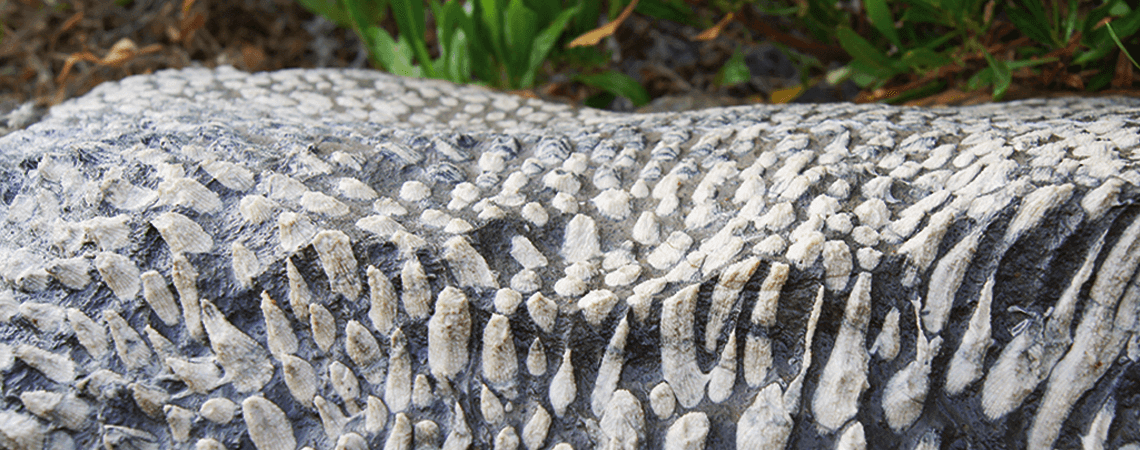The Geology of the Oman Hajar Mountains
In the Hajar Mountains layers of stone occur which normally lie much deeper. The greatest geological feature is the Moho, the boundary surface between the earth’s crust and the earth’s mantle, which elsewhere is hidden 35 to 70 kilometers beneath the continents, and can only be marvelled at on the surface here in Oman..
The Arabian Peninsula, on which Oman lies, is estimated to be some 800 million years old. Over the millions of years, the plate has drifted several times to and fro between the Antarctic and equatorial latitudes; it has been crushed, pushed up, raised and then lowered again. It has survived several Ice Ages and has been covered by great glaciers, whose traces can still be seen in many places to this day. But tropically moist periods have also left their mark in the form of immense precipitation and rich vegetation. These conditions led to there being the most diverse types of stone to be found in Oman, from limestone from prehistoric oceans to volcanic rock. Mineral oil, the "black gold", was formed from sea sediments.
Exposed to the weather, the different layers eroded at varying speeds. The rock layers that originally lay deepest now form, due to their being the hardest, the highest mountains. Enormous parts of the Arabian Peninsula break through the earth like huge scales; huge heaps of different coloured, softer sediments turn the landscape into a gigantic sand quarry of geological history.
The crystalline, very jagged, dark, volcanic Samail ophiolite layer stretches over an area of almost 20,000 square kilometers and appears everywhere on the eastern edges of the mountain range. It is one of the best preserved oceanic rock formations on the surface of the earth, material that is normally formed at the bottom of the sea bed.
Are you interested in a trip to Oman?
► Explore Oman with ARABIA FELIX
Your contacts for travels at Arabia Felix:
Maria Popp, Karin Nowack und Georg Popp
✆ Tel.: +49 (0)89 / 30 77 92 00
✉ info@oman.de





